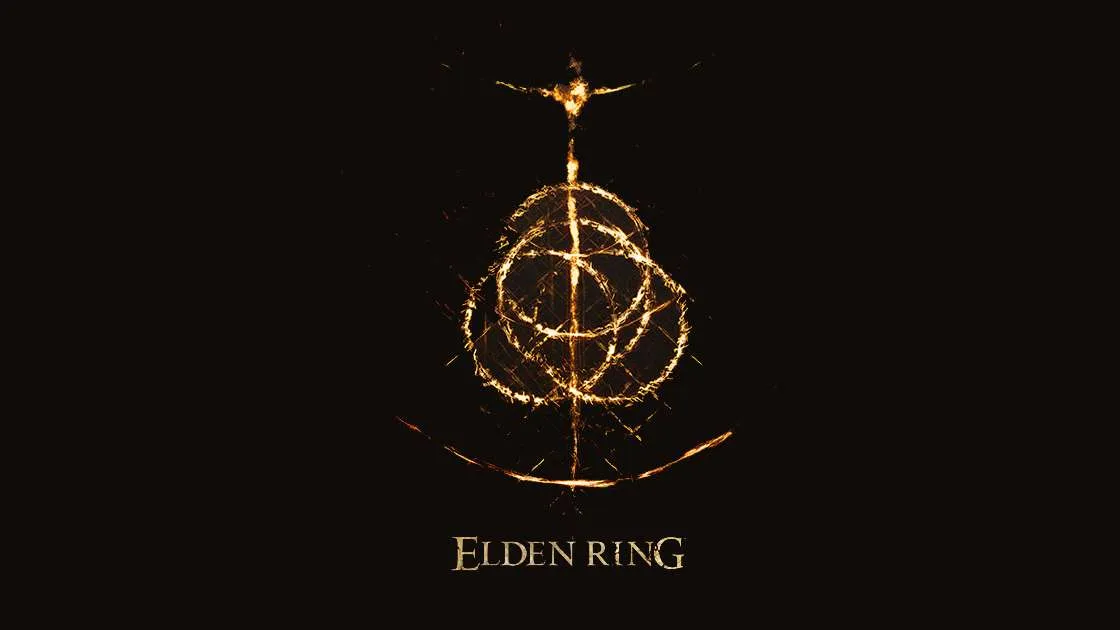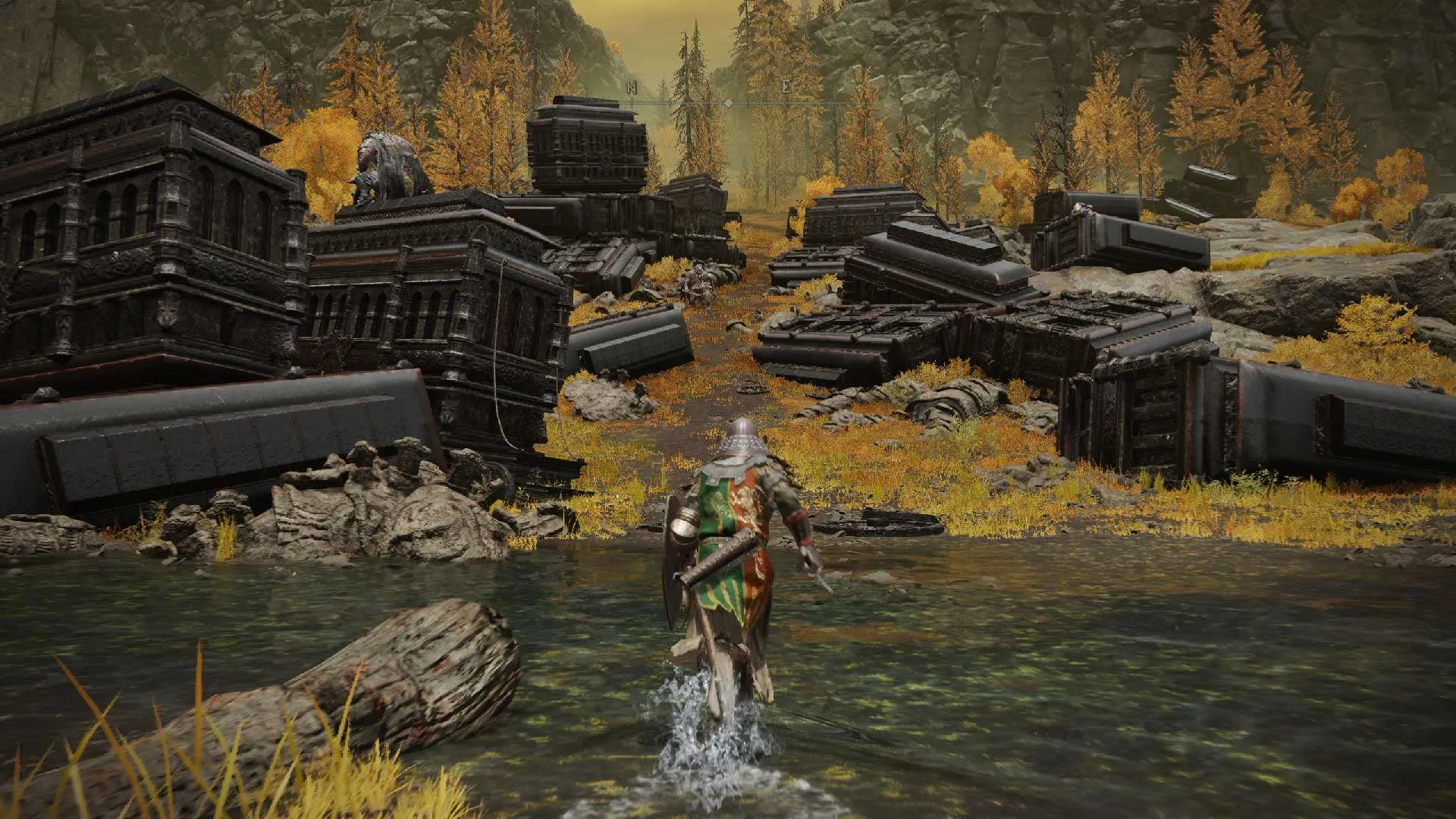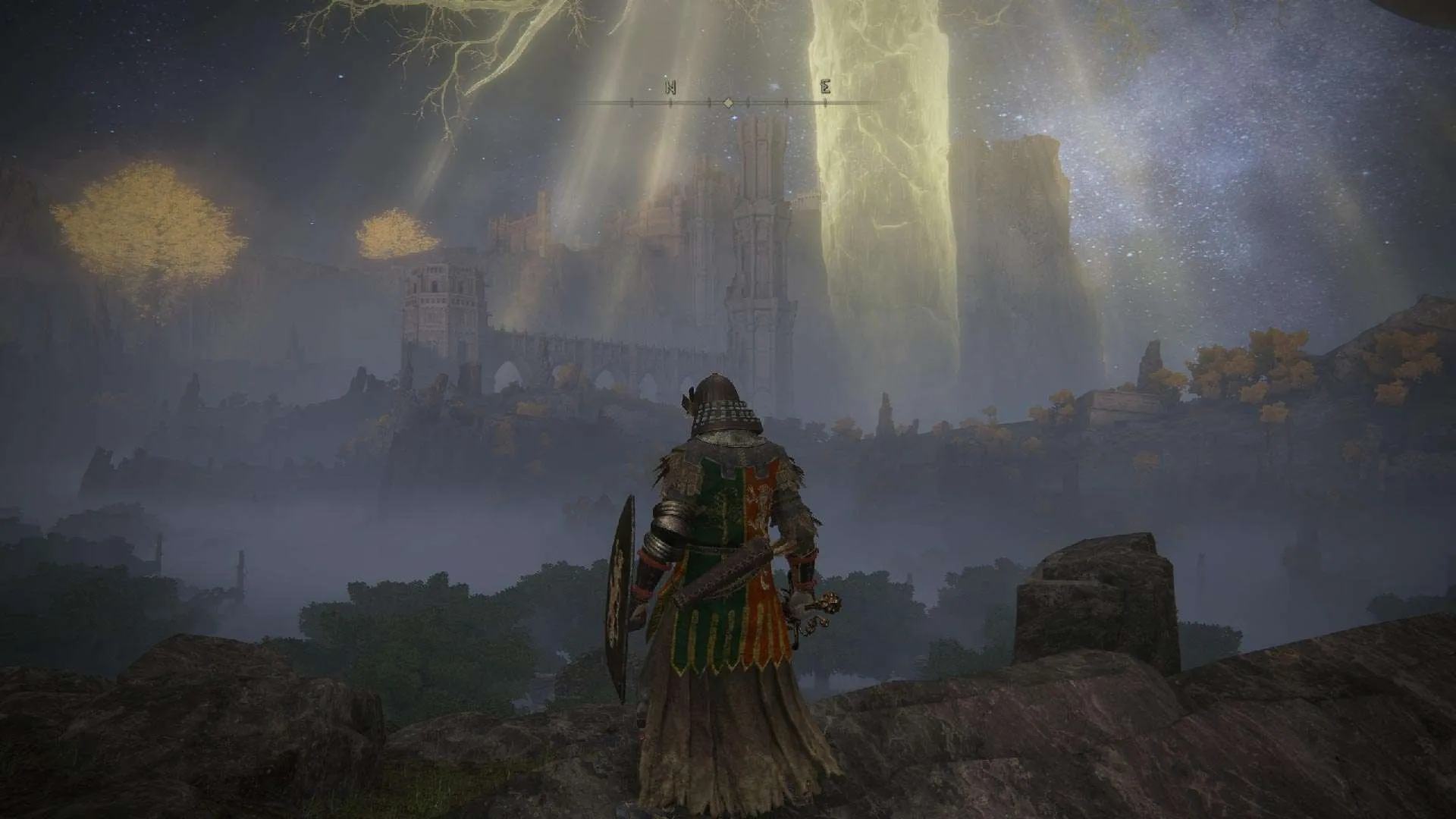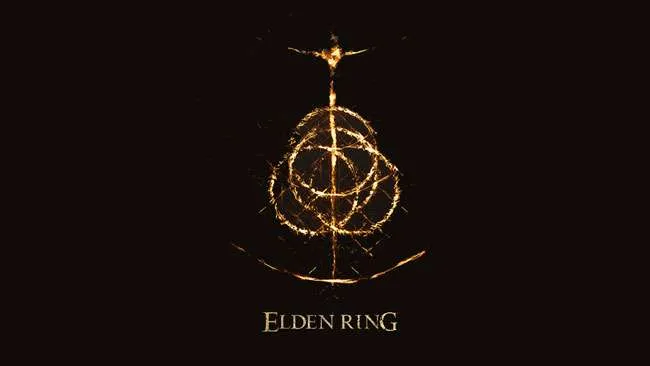
With a huge, beautiful open world filled to the absolute brim with bosses to fight and dungeons to explore, Elden Ring was worth the wait.
After years of little to no information, it’s finally here; the latest release from Hidetaka Miyazaki and FromSoftware: Elden Ring. I’ve spent the last week and a half playing this huge game; aside from a few minor gripes, I can confirm that it is excellent. A lot of the time it feels like a brilliant amalgam of the Soulsborne games that came before it, but incredible enemy design and area variety really set it apart.
Rise Tarnished
Elden Ring leaves a strong first impression with George R.R. Martin’s lore and story building kicking off from the beginning. Players take control of a Tarnished, returned to the land between after the Elden Ring shatters and scatters its great runes among the Land Between. It’s up to players to find all the great runes around the Land Between and become the Elden Lord by restoring the Elden Ring.

Before really diving in, I want to say that while I’ve played every Soulsborne game, this is the first time I’ve had early access to one. It was both refreshing and frustrating playing Elden Ring early because if I couldn’t figure something out or defeat a boss, I couldn’t just go look it up. Having that sense of discovery was something I haven’t felt in a long time. Those who have played a FromSoftware game will know that a lot of key items you track down won’t come with much of a description or instructions on where to use them. Not knowing where to use an item and stumbling across where to use it was very rewarding.
The world of Elden Ring is massive too. I’ve spent about 40 hours working my way across the Lands Between, and I feel like I’m nowhere close to seeing everything the game has to offer. This actually works in Elden Rings’ favor, especially for those stuck on a boss fight or feeling underpowered for an area. If you’re struggling, go explore the world. There are quite literally hundreds of dungeons, boss fights, areas, and helpful items to track down in the world. Even if you don’t find something super useful, just exploring and fighting enemies gets you plenty of experience you can use to sink into your stats at sites of lost grace.
The world size can be a double-edged sword though. At one point, a sealed gate prevented me from continuing the main story. In order to find the item that would allow me to progress, I had to move past this area in the world and find a boss at one specific point that was guarding an item that gave me access to the area. This is one of the minor gripes I had. I’m worried that if I hadn’t just stumbled across this boss, I wouldn’t have been able to continue. For those who don’t mind looking something up while playing their games, this likely won’t be an issue, but anyone who wants to remain more of a purist in their playthrough might get occasionally frustrated.
Explore as much (or as little) as you want
That being said, the world is often incredible to explore. Open fields crawling with giant trolls, dark unlit cities on stilts, winding mining tunnels, and a giant capital city home to powerful enemies line each region. I can’t stress enough how much there is to explore here. Where Dark Souls and Sekiro sort of funneled players through a general path of which way to go, that basically doesn’t exist outside the legacy dungeons in Elden Ring. You can choose how much of a challenge you want to take on just exploring the world, something players looking for a serious challenge will likely enjoy.

I was a little worried about the open world. I’ve been suffering the open-world fatigue so many others are, but the way Elden Ring does it is well implemented. It does not task you with a billion things to do. There is no checklist. There are no icons saying you’ve completed an area. It drops you in the Lands Between and says: “Go.” While there are some repeating enemy designs in the world, each area has a handful of unique enemy attack types and hideous creatures to take down. My favorite area had oversized hands crawling around a dark, run-down castle. Other than the hands that were crawling around the area, some were buried in the ground, just waiting to emerge from the dirt to grab my character.
This same area had a weird bug. After defeating one of the castle protectors, I emerged into a crystal field with a few towers, one of which a dragon guarded. There are numerous dragon fights in Elden Ring. Because of how mobile these fights are, the dragons can often move far away from their spawn point. After a certain point, the dragon resets to its spawn. During this dragon fight, the dragon disappeared to reset to its spawn point, but it never reappeared. I’m unsure if a patch will fix this or if I’ll never get to finish this fight.
The horseback combat is fairly barebones, but the extra mobility in combat is nice, particularly for the aforementioned dragon battles. These fights require extreme mobility that you just can’t get on the ground. A lot of the fights in Elden Ring are very mobile, so even though early on I wasn’t using the horse for much outside of world traversal, I grew to use it more and more. The horse is the main new feature in Elden Ring, and I can’t imagine trying to explore this huge world without it.
An amalgam of greatness
There are elements of all of FromSoftware’s previous titles here. Stealth is often encouraged (Sekiro) with higher emphasis on parrying and dodging (Bloodborne), but there is also the standard combat players are used to (Dark Souls). The stealth aspects here aren’t as intricate as they are in Sekiro, but the additional combat options are very welcome. Additionally, immediately after blocking an attack, players can press the charge attack button to do a very powerful move that can leave enemies open for another follow-up attack. The flow of combat seems like a mix of Sekiro’s speed and Dark Souls’ very deliberate encounters.
Another new addition for combat is the use of spirit ashes. Spirit ashes summon a creature or group of creatures into battle with you. They can only be used once per fight. After that, they must be recharged at a site of lost grace before they can be used again. Spirit ashes can eventually be upgraded much like weapons and armor. While these spirit ashes don’t do much damage, they do tend to hold the aggro of most fights, making them extremely useful during aggressive boss fights.
Spirit ashes and gear can be upgraded at the roundtable hold, which serves as a hub for Elden Ring. As players progress through the story and meet new NPCs, a lot of them will end up back at the roundtable hold to give players new quests or assist them in upgrading various pieces of equipment and gear. While there is not a lot of narrative to Elden Ring – other than the initial story beats – the roundtable hold can provide a lot of context to the overarching lore of the world as well. Each NPC provides valuable backstory into themselves, the world of Elden Ring, and the main enemies you’re going up against.
I haven’t had the chance to go hands-on with the console version (my collector’s edition should arrive on Friday), but the PC version ran mostly great during my time with it. I didn’t encounter any crashes and only experienced some slight stuttering when entering a new area. Even the really flashy encounters didn’t cave to frame drops, but leaving a dungeon and entering the open-world sometimes caused some momentary issues.
While I don’t think it’s a perfect game, Elden Ring is in the upper echelon of FromSoftware games. The only Soulsborne game that I think is better is Bloodborne. Players are in for a treat on launch day. Just remember to not get too frustrated when you see the “YOU DIED” screen over and over again.
Game Freaks 365 received a review copy.
